
The objective is to contribute to the knowledge of marine mammals in the GNB by contributing to the catalog currently being created by the GECC. This measure therefore includes outings financed by Ailes Marines .
Two species are targeted by this measure: the bottlenose dolphin and the Risso's dolphin.
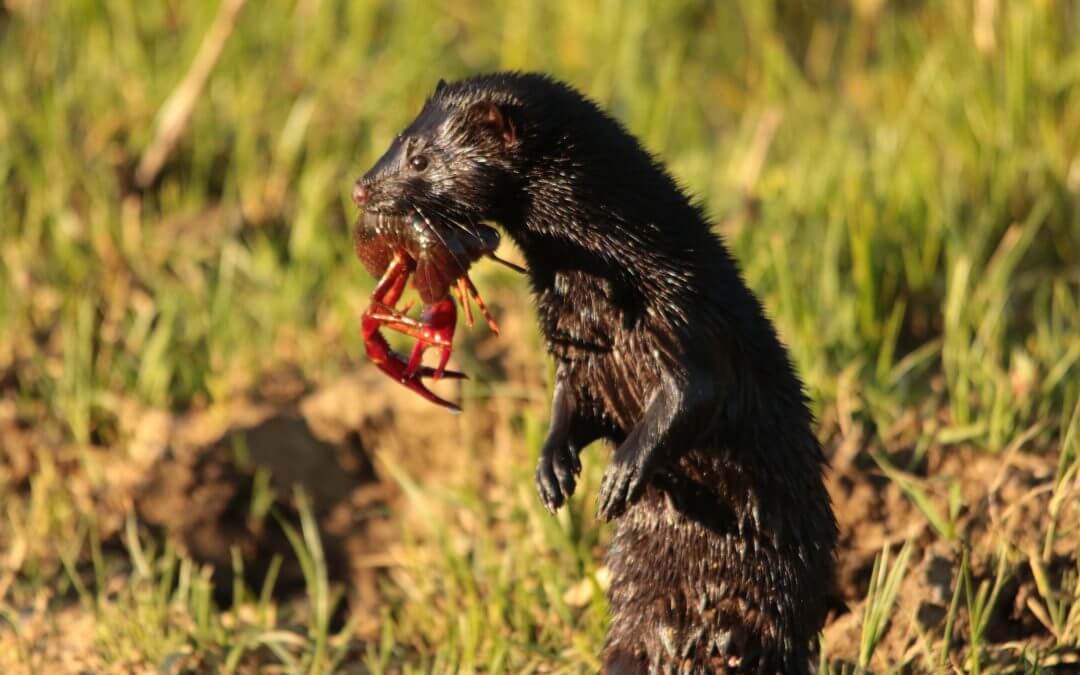
The operations are part of a global ecological restoration project for the island with the profile of nesting seabird colonies. Indeed, the American Mink, an invasive species, has spread to the Tomé islet, predating the eggs of the nesting colonies and preventing any nesting. This is dramatic for the islet and could ultimately threaten the colonies of the Seven Islands if this species reached that point.
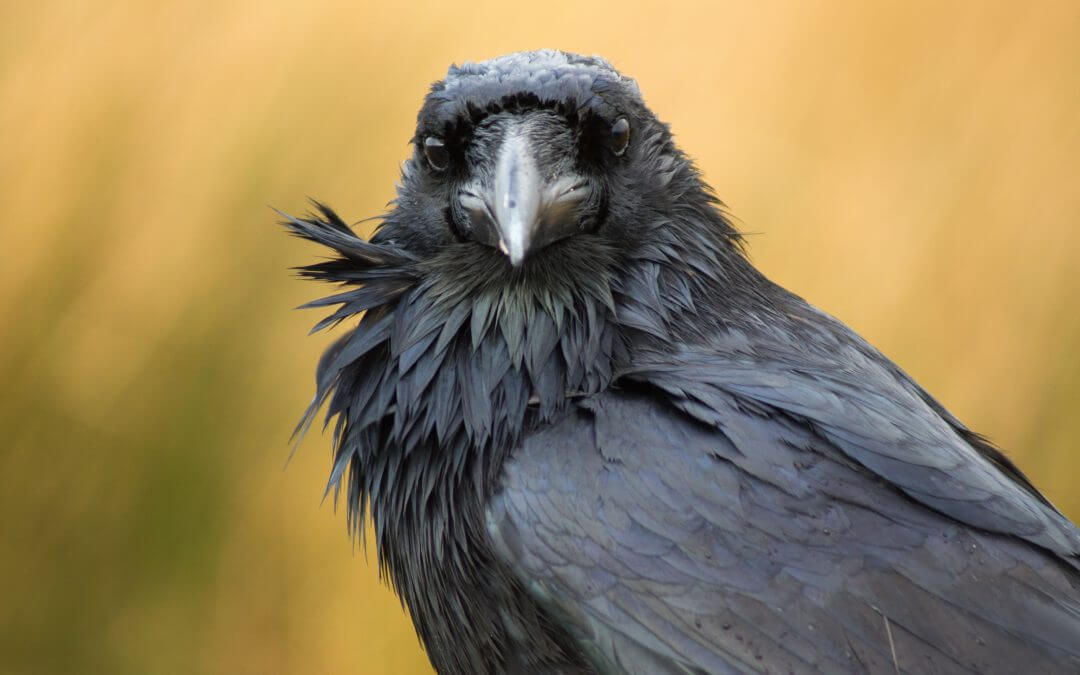
This measure, implemented since 2012, aims to limit predation on seabird clutches by crows tending to specialize on the Common Guillemot and the Black-legged Kittiwake. The Syndicat Mixte Grand Site Cap d'Erquy Cap Fréhel, an experienced operator of this practice, has been implementing this compensation measure on behalf of Ailes Marines since 2019.
This measure has allowed an increase in the number of nesting pairs. All high-stakes species reached a historic record number for Cap Fréhel over the period monitored.
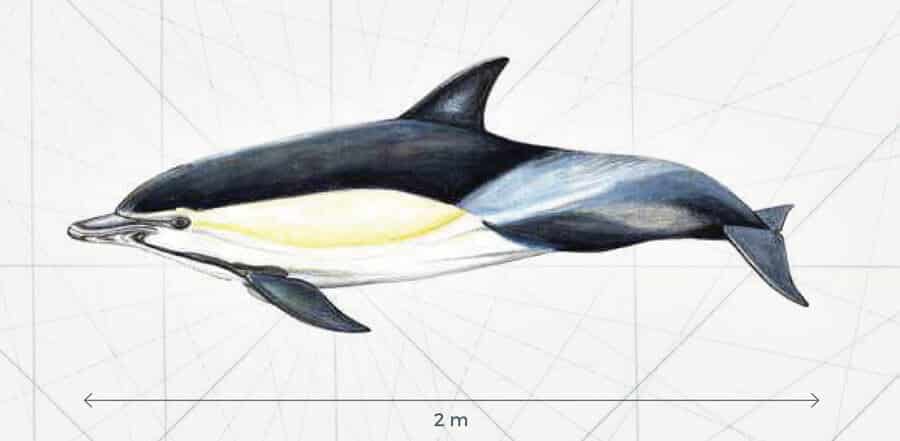
The objective of this measure is to strengthen the peace and quiet of marine mammals in the Normandy Breton Gulf during the construction phase of the wind farm off the coast of Saint-Brieuc Bay.
Several meetings were organized with state services and marine mammal experts during 2019 and early 2020.
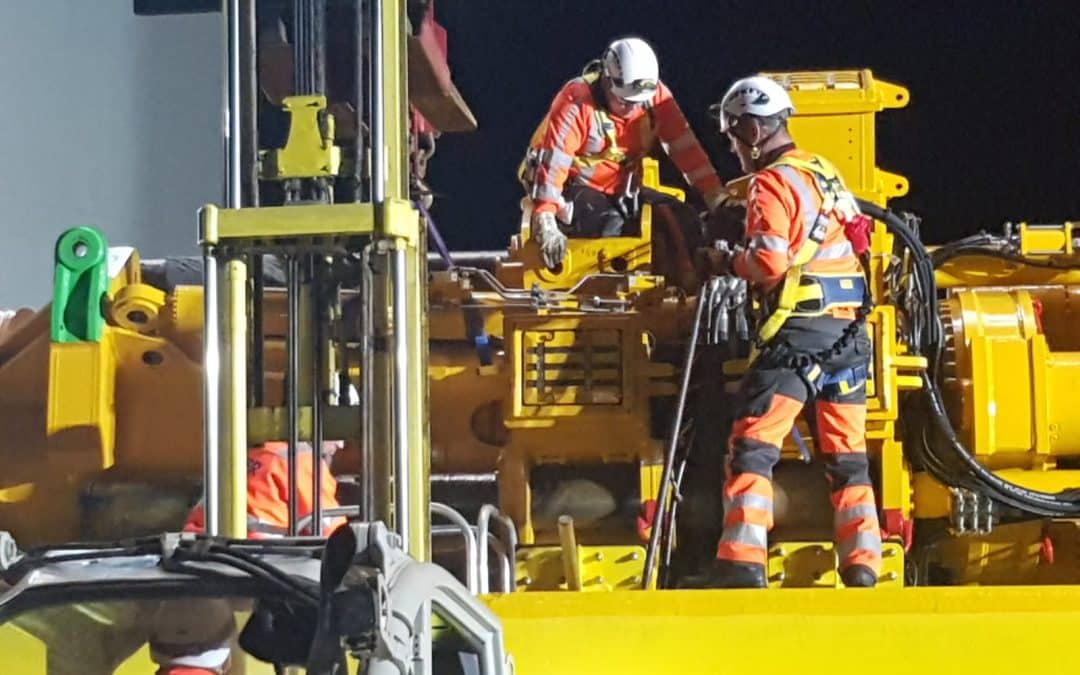
The impact study highlighted that certain species of birds in flight were more sensitive to light than others.
In the absence of mitigation measures, the potential effects of light attraction were rated as medium for petrels and shearwaters and weak to negligible for other bird species. Although limited information is available regarding their (migratory) behavior. This measure aims to reduce the impact of lights on ships during the work phase.
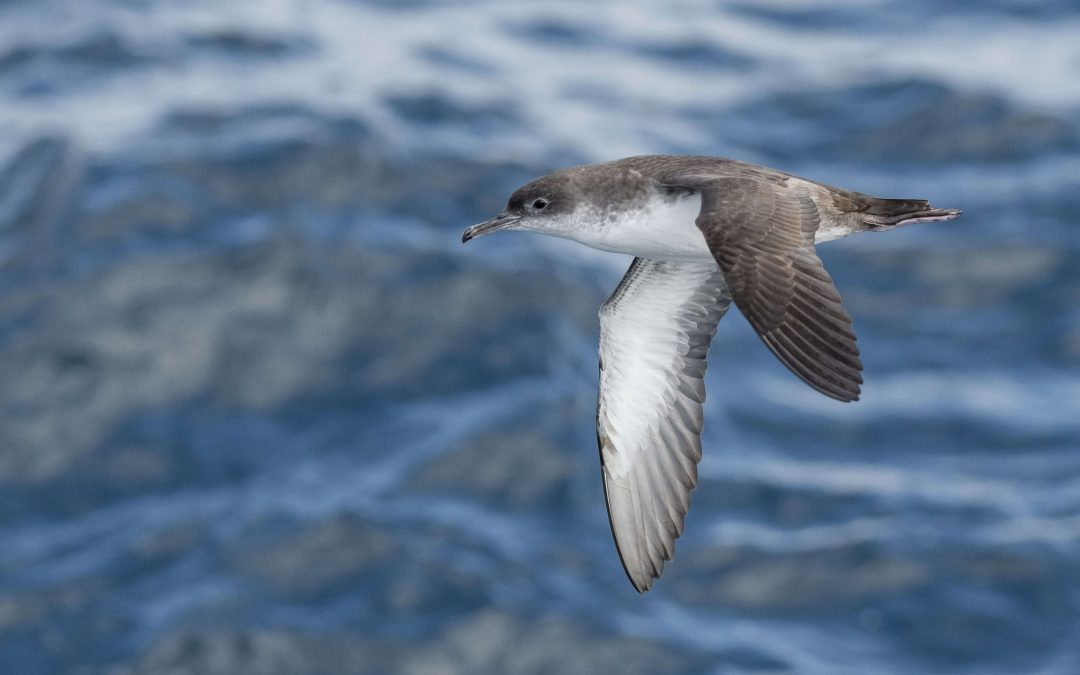
The objective of the measure is to inform site personnel to enable the avoidance of shearwater rafts by personnel transfer vessels (CTV) during work at sea and to raise public awareness.
This measure targeted departures from Saint-Quay-Portrieux (initial port of the construction phase), because the impact study had highlighted that rafts of shearwaters were present between this port and the construction area at sea. However, the location of the port has evolved and it will be located in Lézardrieux. Rafts of shearwaters are no longer found on shipping routes and the risk of encountering them is now negligible, thereby reducing the incidence identified in the impact study. The measure was therefore adapted to meet new needs.






